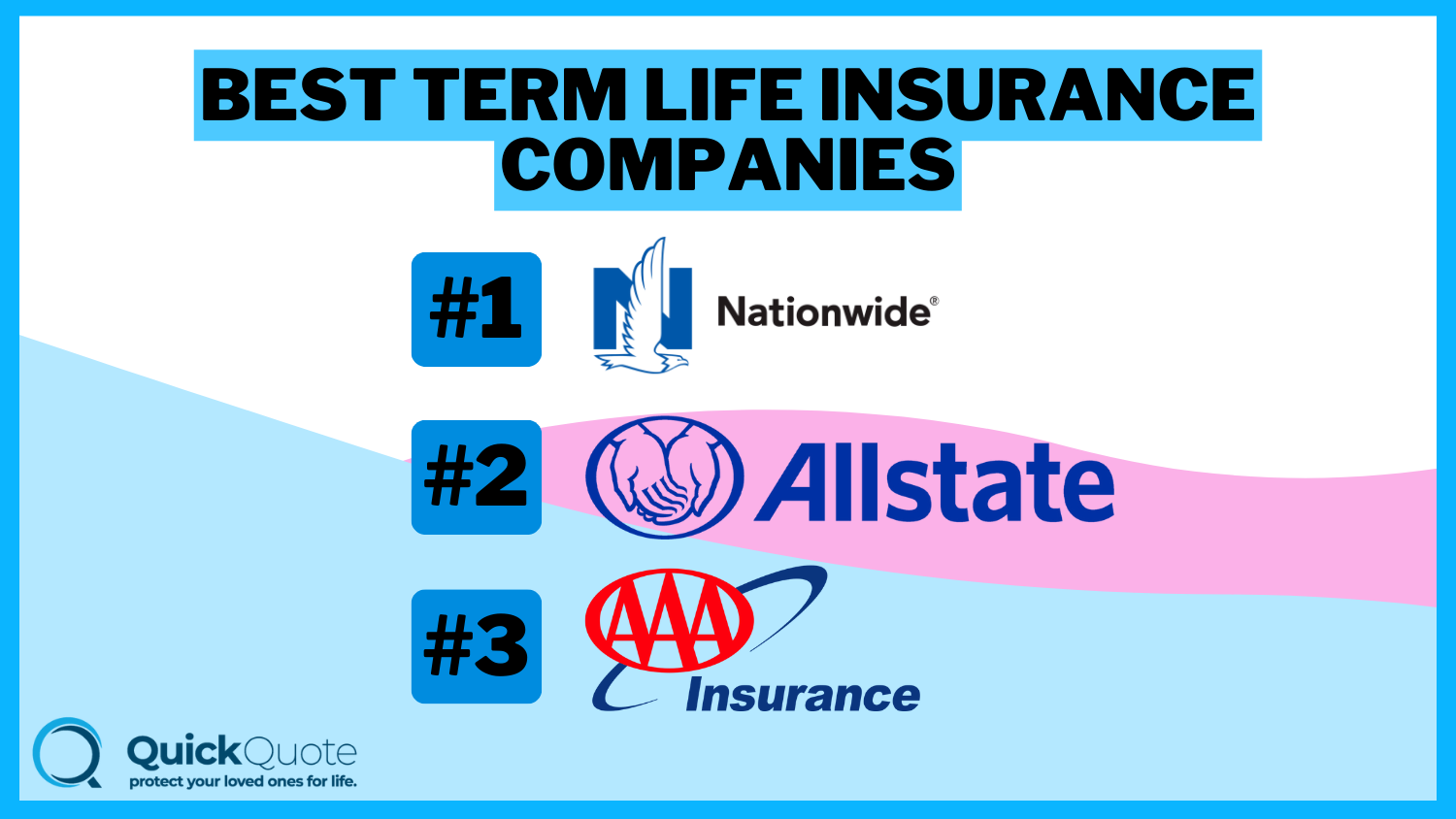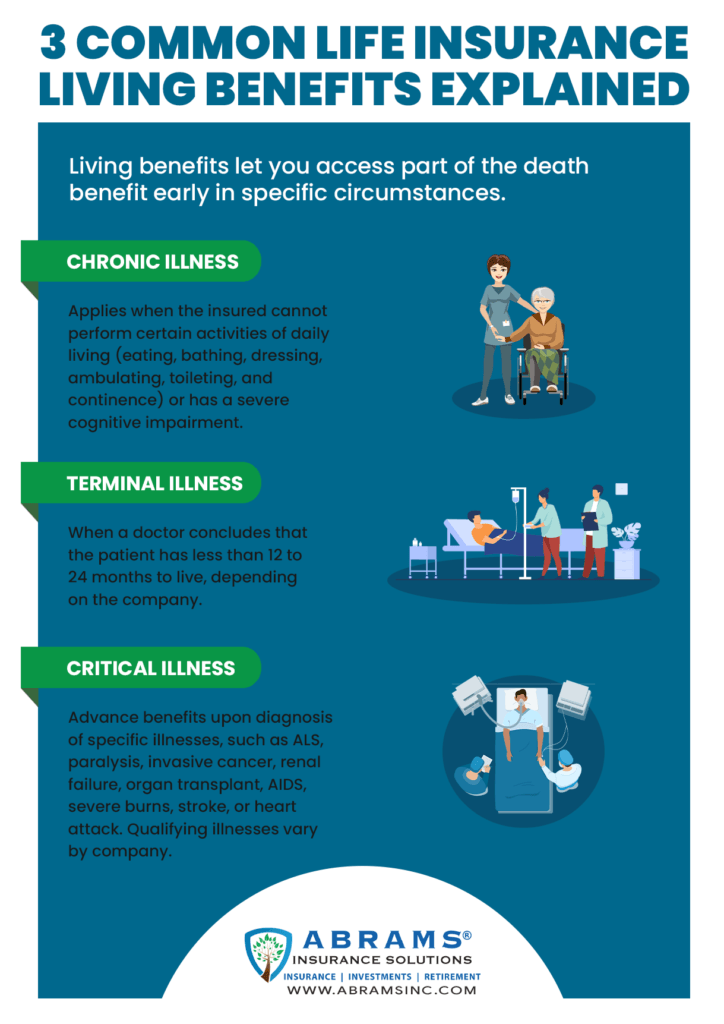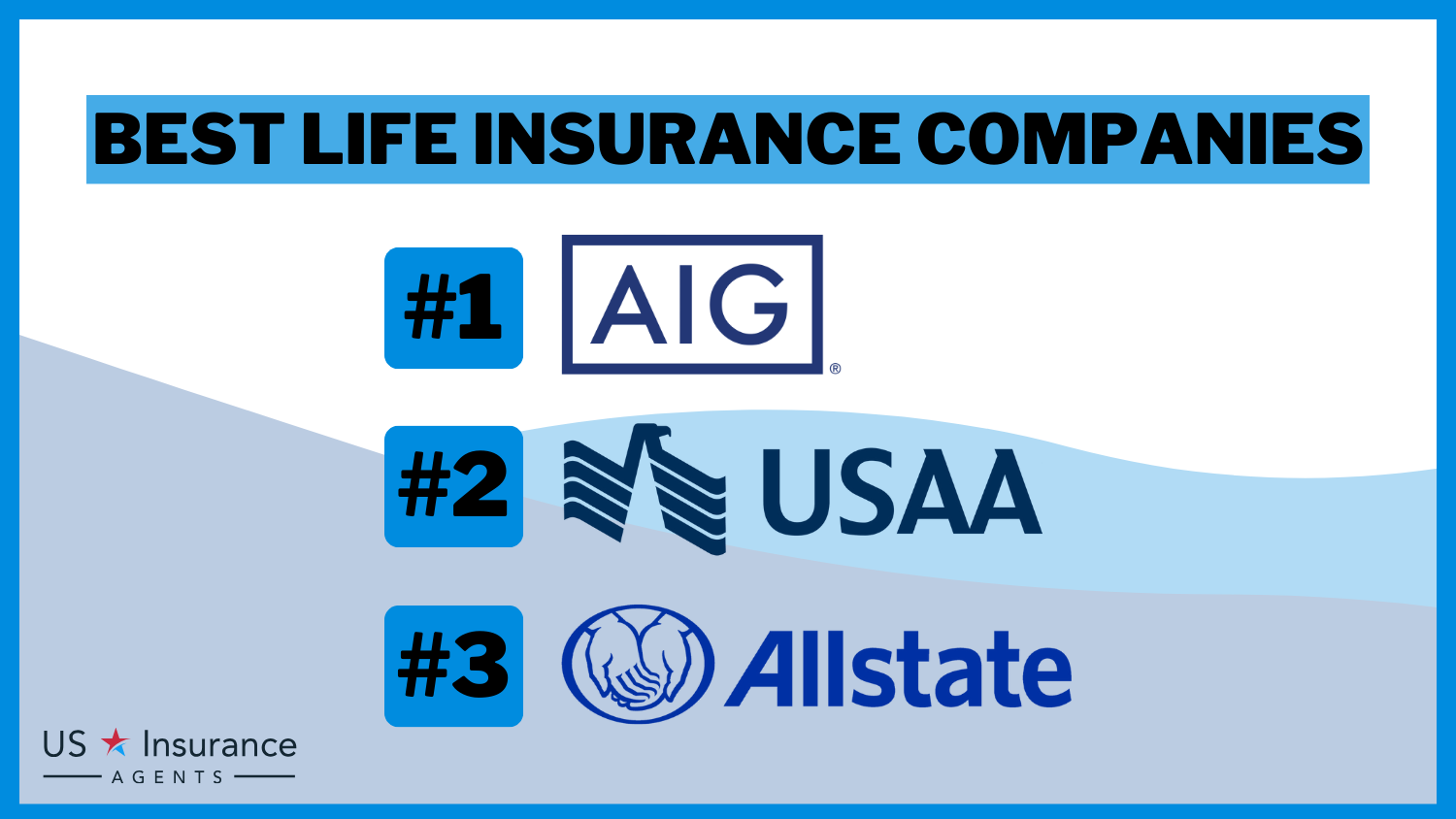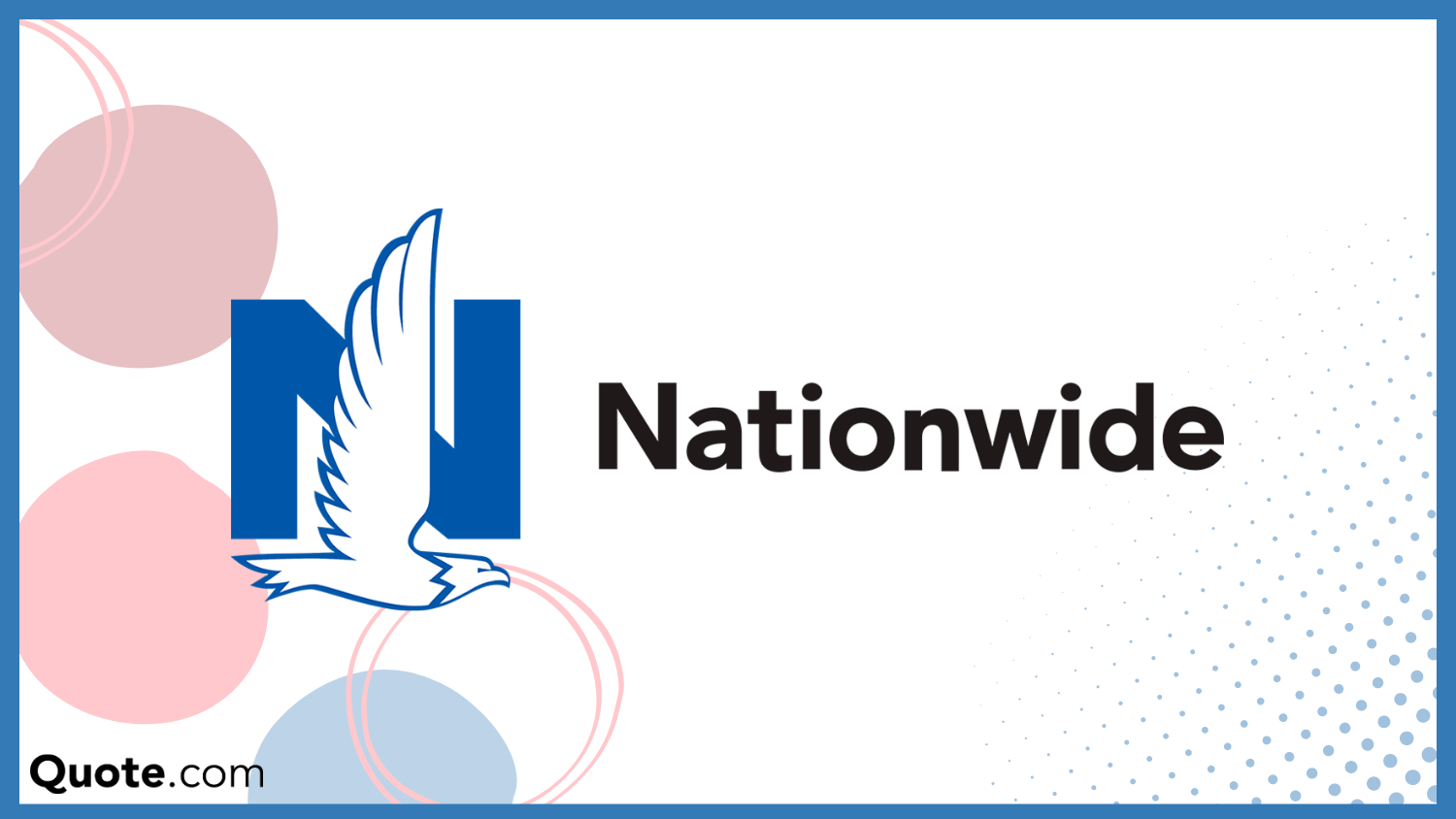Steps to Take After a Car Accident with Liability Insurance Only
In the aftermath of a car accident, the adrenaline rush can make it difficult to think clearly and remember what to do. If you or someone you know has been involved in a car accident and only has liability insurance, it’s crucial to take the following steps to protect your rights and ensure a smooth claims process.
Immediately seek medical attention and report the accident to the police.
After a car accident, your first priority should always be to seek medical attention. Even if you don’t feel injured, it’s important to get checked out by a doctor to rule out any hidden injuries. Once you’ve been seen by a medical professional, make sure to file a police report. This will create an official record of the accident and provide valuable evidence for your insurance claim. In most states, it’s against the law to leave the scene of an accident without reporting it to the police, so make sure to do so as soon as possible.
If possible, take pictures of the accident scene and get the contact information of any witnesses. This information will be helpful when you file your insurance claim. Finally, be sure to keep all medical records and bills related to the accident. These documents will be used to calculate the amount of your claim.
Car Accident with Liability Insurance Only
If you’re in a car accident, liability insurance is your first line of defense. It covers damages caused to other parties in the accident, up to the policy limits. But what if you’re the one who’s at fault? What if your damages exceed your policy limits? That’s where things can get tricky. In this article, we’ll explain what liability insurance is, what it covers, and what to do if you’re in an accident with liability insurance only.
Understanding Liability Insurance
Liability insurance is a type of insurance that protects you from financial responsibility for damages that you cause to others. In the context of a car accident, liability insurance covers damages to the other driver’s car, their medical expenses, and any other losses they may have incurred as a result of the accident. Liability insurance is required by law in most states, and it’s a good idea to have even if you’re not required to. It can protect you from financial ruin if you’re ever involved in an accident.
What Liability Insurance Covers
Liability insurance typically covers the following:
Bodily injury to others caused by the insured driver;
Property damage caused by the insured driver ;
Legal expenses incurred by the insured driver in defending a claim or lawsuit arising from an accident.
The amount of coverage you have for each of these categories will vary depending on your policy. It’s important to make sure you have enough coverage to protect yourself in the event of an accident. Liability insurance is not just about protecting yourself financially. It’s also about protecting your future. If you’re ever sued as a result of an accident, a good liability insurance policy can help you avoid losing everything you’ve worked so hard for.
What to Do After an Accident with Liability Insurance
If you’re in an accident with liability insurance only, it’s important to follow these steps:
1. Stay calm and assess the situation.
2. Call the police and report the accident.
3. Exchange information with the other driver(s) involved in the accident.
4. Take pictures of the damage to all vehicles involved.
5. Get a copy of the police report.
6. Contact your insurance company and report the accident.
Following these steps will help you protect your rights and ensure that you get the compensation you deserve. Liability insurance is an important part of driving, and it can give you peace of mind knowing that you’re protected in the event of an accident.
Car Accident with Liability Insurance Only
If you’re involved in a car accident and the other driver only has liability insurance, you may be wondering what your options are for compensation. Here’s what you need to know:
Liability insurance covers damage to your property, as well as your medical expenses and lost wages if you’re injured in the accident. However, it does not cover your own vehicle damage. So, if you’re in an accident with someone who only has liability insurance, you’ll need to file a claim with your own insurance company to cover the cost of repairs to your car.
Steps for Compensation
Here are the steps you can take to get compensation after a car accident with liability insurance only:
- File a claim with the insurance company of the at-fault driver. This is the first step you should take after an accident. The insurance company will need to investigate the accident and determine who is at fault. Once they’ve made a determination, they will issue a settlement offer to you.
- Review the settlement offer carefully. Make sure you understand what the offer includes and what it doesn’t. If you have any questions, ask the insurance company for clarification.
- Negotiate with the insurance company. If you’re not satisfied with the insurance company’s initial offer, you can negotiate for a higher settlement. Be prepared to provide evidence to support your claim, such as medical bills, estimates for car repairs, and lost wage statements.
If you’ve been injured in a car accident, it’s important to seek legal advice. An attorney can help you understand your rights and options for compensation.
Car Accident with Liability Insurance Only
After a car accident, the consequences can be overwhelming, both emotionally and financially. If the at-fault driver only has liability insurance, you may be left wondering about your options for recovering compensation. In this article, we’ll delve into the potential scenarios and guide you through your rights as a victim.
Understanding Liability Insurance
Liability insurance covers the at-fault driver’s legal responsibility for damages caused to others in an accident. This means that it can pay for your medical expenses, lost wages, and property damage. However, it doesn’t cover the at-fault driver’s own damages or injuries.
Filing a Claim with the At-Fault Driver’s Insurance
Your first step should be to file a claim with the at-fault driver’s insurance company. They will investigate the accident and determine if their insured is liable. If they accept liability, they will offer you a settlement. It’s crucial to carefully review the settlement and consider seeking legal advice if you have concerns about its fairness.
Options if At-Fault Driver is Uninsured or Underinsured
If the at-fault driver is uninsured or underinsured, you have several options:
- Filing a Claim Under Your Own Uninsured/Underinsured Motorist Coverage: Most insurance policies include uninsured/underinsured motorist coverage (UM/UIM). This coverage can provide compensation for your damages even if the at-fault driver doesn’t have insurance or their insurance coverage is insufficient.
- Pursuing Legal Action: You may consider filing a lawsuit against the at-fault driver personally. However, this option can be time-consuming and expensive, and the outcome is often uncertain.
- Negotiating with the At-Fault Driver: You can attempt to negotiate directly with the at-fault driver to cover your damages. However, this is likely to be challenging if they don’t have insurance or are financially unstable.
- Exploring Other Compensation Sources: In some cases, there may be other parties who could be held liable for the accident, such as the employer of the at-fault driver or the government if the accident was caused by a road defect.
- Involving Your Insurance Company: Even if you don’t have UM/UIM coverage, your own insurance company may still offer you assistance or advice. They can help you navigate the claims process and ensure that your rights are protected.
Car Accident with Liability Insurance Only: What You Need to Know
If you’ve been in a car accident and the other driver only has liability insurance, you may be wondering what your options are. Liability insurance only covers the other driver’s damages, not yours. So, what do you do if you’ve been injured or your car has been damaged?
Understanding Liability Insurance
Liability insurance is a type of car insurance that covers the costs of damages and injuries that you cause to others in a car accident. It does not cover your own damages or injuries. In most states, drivers are required to carry liability insurance. However, the minimum amount of coverage required is often not enough to cover the full costs of a serious accident.
What to Do After an Accident
If you’ve been in a car accident with a driver who only has liability insurance, it’s important to take the following steps:
- Call the police. This will create a record of the accident and help to protect your rights.
- Get medical attention. Even if you don’t feel injured, it’s important to see a doctor to rule out any hidden injuries.
- Exchange information with the other driver. This includes your name, address, phone number, insurance company, and policy number.
- Take photos of the damage. This will help to document the extent of the damage and support your claim.
- Contact your insurance company. They will be able to help you file a claim and get your car repaired or replaced.
Importance of Documentation
When you’re filing a claim, it’s important to have as much documentation as possible. This includes:
- A copy of the police report
- Medical bills and records
- Estimates for car repairs or replacement
- Correspondence with the other driver’s insurance company
This documentation will help you to prove your case and get the compensation you deserve.
Getting Legal Help
If you’ve been seriously injured or your car has been badly damaged, you may want to consider getting legal help. An attorney can help you to file a lawsuit and fight for your rights.
Filing a Lawsuit
If the other driver’s liability insurance policy is not enough to cover your damages, you may be able to file a lawsuit against the driver. This is a complex process, so it’s important to have an attorney to represent you.
Filing a lawsuit can be a long and stressful process, but it may be your only option to get the compensation you deserve.
Car Accident with Liability Insurance Only
A car accident can be a stressful and confusing experience, especially if you only have liability insurance. Liability insurance covers damage to other people’s property and injuries, but it doesn’t cover your own damages or injuries. This can leave you in a difficult financial situation, especially if the other driver is at fault for the accident.
Understanding Liability Insurance
Liability insurance is a type of car insurance that covers damage to other people’s property and injuries. It does not cover your own damages or injuries. This means that if you are in an accident and the other driver is at fault, your liability insurance will pay for the other driver’s damages and injuries, but it will not pay for your own.
The amount of liability insurance you need will vary depending on your state’s requirements and your personal circumstances. However, it is generally a good idea to have at least the minimum amount of liability insurance required by law.
What to Do After a Car Accident with Liability Insurance Only
If you are in a car accident and you only have liability insurance, there are a few things you should do:
- Pull over and exchange information. Get the other driver’s name, address, phone number, insurance information, and license plate number.
- Call the police. The police will create a report of the accident, which will help you with your insurance claim.
- Take pictures of the damage. This will help you document the extent of the damage and support your insurance claim.
- Get a copy of the police report. The police report will contain important information about the accident, including the officer’s opinion on who was at fault.
- Contact your insurance company. Report the accident to your insurance company as soon as possible. They will investigate the accident and determine whether you are eligible for benefits.
Additional Considerations
In addition to the steps listed above, there are a few other things you should keep in mind if you are in a car accident with liability insurance only:
Document everything
Keep a record of all communication with your insurance company and make copies of all relevant documents. This will help you in case you need to file a claim or dispute a decision made by your insurance company.
Be prepared to negotiate
Once you have filed a claim, your insurance company will begin an investigation. They will review the police report, your statement, and any other relevant evidence. They will then make a decision on whether to approve your claim and how much to pay. If you are not satisfied with the insurance company’s decision, you may be able to negotiate with them to get a higher settlement. It is helpful to have a lawyer on your side to assist you and protect your interests.
Don’t sign anything
Do not sign any documents or agreements from the other driver’s insurance company until you have spoken to your own insurance company. These documents may contain language that could harm your claim.
Stay informed
Stay informed about the progress of your claim and be prepared to negotiate with the insurance companies. You may need to provide additional information or documentation to support your claim. If you have any questions, don’t hesitate to contact your insurance company.
Be patient
It may take some time to resolve your claim. Be patient and don’t give up. If you have any questions or concerns, don’t hesitate to contact your insurance company.




Leave a Reply